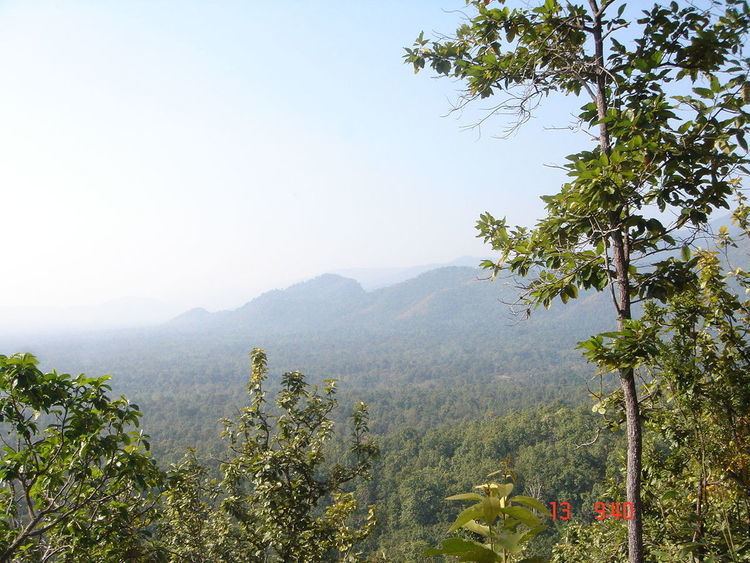Nearest city Tak Criteria vii, ix, x Established 1972 | Type Natural Area 2,575 km² | |
 | ||
Governing body Wildlife Conservation Office Official name Thungyai-Huai Kha Khaeng Wildlife Sanctuaries Similar Thungyai Naresuan Kha Khae, Rabam Sub District Administr, Wat Pa Sattha Tham, Mae Wong National Park, ที่ทำการเข | ||
Dhole feeding on sambar carcass in huai kha khaeng wildlife sanctuary thailand
The Huai Kha Khaeng Wildlife Sanctuary is in Uthai Thani and Tak Provinces, Thailand. The park was established in 1974, and is part of the largest intact forest complex in Mainland Southeast Asia. It, coupled with the Thungyai Naresuan Wildlife Sanctuary was declared a World Heritage Site by the United Nations in 1991. Together, the two sanctuaries occupy 622,200 hectares. As of 2014 it still contained viable populations of large mammals, including gibbons, bears and elephants, although like all other sites in mainland Southeast Asia, some species (e.g., rhinoceroses) have disappeared or have experienced severe declines.
Contents
- Dhole feeding on sambar carcass in huai kha khaeng wildlife sanctuary thailand
- Thailandthung yai naresuan huai kha khaeng wildlife sanctuary
- History
- Wildlife
- Visitor and scientific research facilities
- References
Thailandthung yai naresuan huai kha khaeng wildlife sanctuary
History
After the establishment of the wildlife sanctuary on 4 September 1972, it covered an area of 1,019,375 rai (402,900 acres). The wildlife sanctuary was then expanded twice, first on 21 May 1986 to 1,609,150 rai (636,100 acres), an increase of 589,775 rai (233,200 acres) and on 30 December 1992 to 1,737,587 rai (687,200 acres) an increase of 718,212 rai (284,000 acres). Until 1976 there were Karen villages within the wildlife sanctuary. Today the wildlife sanctuary no longer has any known human population living in the area. Some Karen villages were moved in 1976 from the southernmost area to Ban Rai District to the southeast. A Hmong village in the west was moved after 1986.
Wildlife
A large number of the animal and plant life diversity can be found nowhere else, with species such the Sino-Himalayan, Indo-Burmese, Sundaic, and Indo-Chinese affinities, living in the wildlife sanctuary. Species present at the wildlife sanctuary are usually rare, endangered, or local. Roughly one-third of Southeast Asia's mammals are said to be thriving within the wildlife sanctuary. The wildlife sanctuary is responsible for three of the National Reserved Wildlife Species of Thailand: wild water buffalo (Bubalus arnee), mainland sera (Capricornis sumatraensis), and Indian hog deer (Hyelaphus porcinus). Many species of birds, reptiles, and amphibians have also been reported. Sighting of 355 bird species have been recorded in the wildlife sanctuary, a lot of these species are now rare in Thailand and some are considered endangered. There are currently 90 wild Indochinese tigers within the sanctuary.
Visitor and scientific research facilities
The wildlife sanctuary receives most visitors during the summer or the "dry season". Some sections of the sanctuary are not open to the public without permission. The Conservation Office in Bangkok and the chief of Huai Kha Khaeng are responsible for granting permission to those who wish to visit prohibited areas.
